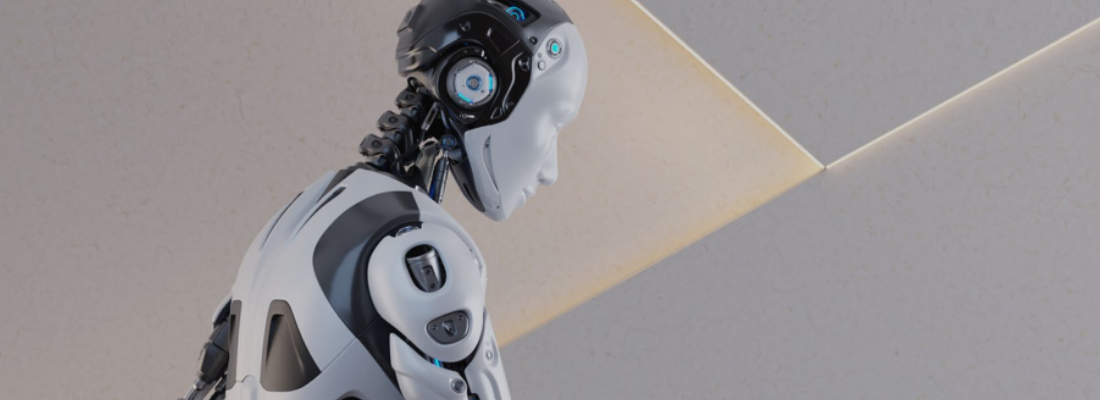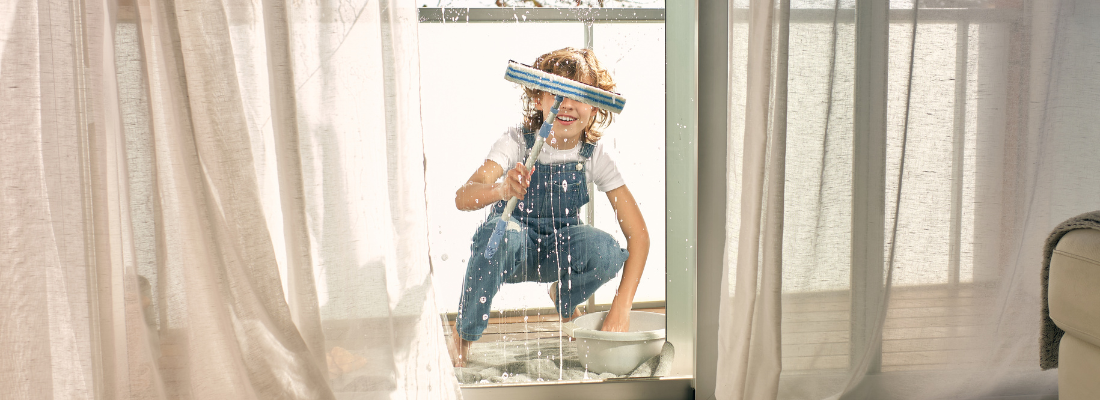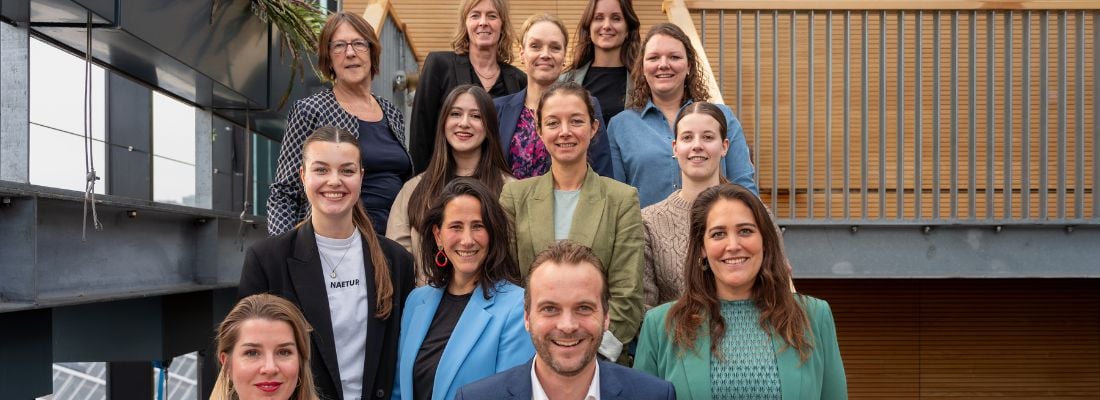Four trends in window cleaning: is cleaning with pure water the future?
Commercial and industrial cleaning is often thought of as an almost entirely indoor pursuit, floors and surfaces, rooms and materials, all of them in need of high cleaning standards to assure visitors and staff that this is a clean, safe environment.
Windows however have two sides, and while a cleaner can clean the inside of a third storey window as a part of a multidiscipline cleaning process, often a specialist is needed to clean the outside of that window.
In a number of ways, window cleaning in Europe is a microcosm of some of the challenges that we see across the industry, technological developments that are ongoing, alongside a shortage of labour into the industry.
Window Cleaning Trend 1: Pure Water
Window washing has seen a number of technological improvements in the last ten years, ranging from how they are cleaned to what they’re cleaned with.
Pure water window cleaning is a process whereby ordinary tap water is filtered to remove any impurities and reduce the water down to it’s most basic chemical form of H2O. This pure water is then fed through a water-fed brush directly to the window. This provides an improved cleaning process, and offers efficiency by combing things into a single step process, rather than multiple steps of soaping, wiping and detailing.
Cost savings are also a considerable part of the uptake in pure water systems for window washing. Improved efficiency in window washing methods, over more traditional approaches, can reduce labour costs. A process that takes only 50% of the time, requires only 50% of the costs.
Pure water window cleaning also creates a sustainability boost for facilities and organisations that employ it as a system. Without the need for any kind of detergent, natural or synthetic, the only resource in use is water and the only by product is water, which has no detrimental effect on the environment in the same way that detergent infused runoff may have.
An area in which sustainability need be attended to then is in the manufacture and disposal of the filters used to purify the water source down to H2O. Some filtration systems can have a higher environmental impact than others.
Window Cleaning Trend 2: Cobotic Technology
Machine technology has also started to find window washing applications in both cobotic and robotic settings.
Cobotic exoskeletons continue to be an area of development. These cobotic elements work in partnership with humans engaged in window washing. Helping to alleviate physical stress and ensure safer and wider ranges of movement. An iterative development in these kinds of applications have can be observed, and remains a window cleaning trend to keep an eye on as it might move towards a system that elevates the window washing work of humans, allowing them to be more dynamic and less restricted.
Window Cleaning Trend 3: Drone Fleets
Another developing window washing technology is drone cleaning of external windows.
As with exoskeletons, year-on-year developments can be observed in what window washing drones are capable of, and like exoskeletons drones are a partnership tool with humans. Human input and oversight will always be a crucial component in flying robots.
The dynamism of a fleet of drones can offer greater efficiency than that of workers in a cradle or using an exoskeleton. A fleet of flying cleaners that work in unison, cleaning a whole floor at a time has clear benefits for the operators who can remain on or in the building overseeing the work as it goes on.
Capacity for water and cleaning solutions is one of the most common hurdles for a window cleaning system of drones. Continual refill cycles are inefficient and increase battery usage, lowering the cleaning time available per charge.
With changes in power technology, and adaptations in refill processes, window washing drones might provide a useful tool for operators.
Window Cleaning Trend 4: Ultrasonics
Another technological development for humans and robots alike is ultrasonic cleaning.
Either with or without additional cleaning solutions, ultrasonic systems work on a variety of surfaces such as metals, plastics and glass. They create small “bubbles” that remove dirt and contaminants when they explode making them ideal for surfaces as well as individual corners and crevices where contaminants build up.
Window Cleaning Trends in 2023 and Beyond
However window washing gets done, in legacy spaces or as a part of newer smart building developments, it will continue to reflect the main themes we see across the industry: a shortage of skilled labour, the attraction of young talent, increasing cost pressure and improvements in sustainability.
Window washing technology can help with recruitment, tackling perceptions of intense labour and appealing to younger demographics. Refined processes that tackle cost and resource consumption help business combat increasing inflationary costs while also practicing sustainability in their operations. A key lookout for many customers.
As the technology continues to develop and refine, the options offered by window washing businesses to facility and building managers will mean the right choices are available not just for cleaning the windows, but the aims of the business too.








